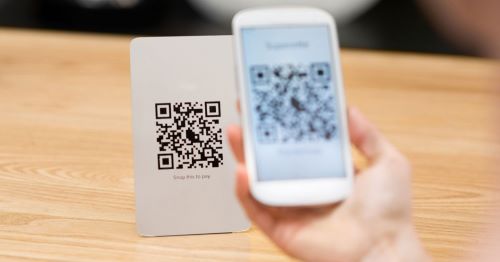The partnership between print professionals and marketers has long been established due to their shared objectives. Marketers are responsible for relaying messages, and print is among the oldest means of communication. Hence, marketers and printers depend on each other. However, the introduction of digital media has changed this association. To what extent has digital marketing impacted the printer/marketer partnership? Is print still necessary for marketers?
Evidence suggests it does as print remains a valuable tool for marketers, thanks to its authenticity, tangible nature, and versatility. Those in the print production industry who grasp how marketers currently utilize print will be more adept at promoting it.
How Much Print Do Marketers Use?
It’s undeniable that digital marketing has made an impact on how marketers reach their audiences. But there is ample evidence to suggest that digital marketing is supplementing traditional marketing channels, not replacing them.
Print advertising spend in the U.S. has only dropped slightly in the past several years, according to Statista. Instead of relying solely on print or digital marketing, marketers are now combining both multi- and omni-channel campaigns to create a unified strategy.
Fittingly, a big factor in how print has remained highly relevant to marketers is digital printing. Its success has resulted in printers having an abundance of work, as it has opened up new opportunities for marketers. The reason behind this is the ability of digital printing to cater to small, targeted, and quick turnaround print runs that were previously not possible. With the increasing trend of personalization in marketing, materials can now be tailored to specific needs and ordered frequently, with shorter production and delivery times.
Why Do Marketers Love Print?
When it comes to advertising and marketing, print materials possess unique psychological and practical characteristics that distinguish them from their digital counterparts. These distinctions can lead to substantial and measurable outcomes for marketers who utilize them.
A case in point is direct mail, which is currently one of the most popular forms of print marketing.

Print is favored by marketers for its ability to provide a unique level of authenticity, tangibility, and memorability that cannot be replicated by digital methods of communication. Physical items such as brochures, flyers, and business cards offer the advantage of being real objects, often remaining in the office or home where they are received for extended periods of time. Studies in psychology indicate that communication conveyed through print is perceived and retained to a greater extent than digital communication.
People tend to take things more seriously if they can touch and feel them, just like how physical books and newspapers still matter to people today. They feel more trustworthy compared to reading on a digital screen.
What Kind of Marketing Materials Work?
To get a better grasp of exactly how modern marketers use print, let’s breakdown the types of print collateral found in many marketing strategies today. Physical marketing collateral serves at least four distinct purposes for marketers: building brand identity, promoting products and services, educating consumers, and fostering brand loyalty.
Examples of Each Brand Identity: letterheads, stationary, business cards
Educational: brochures, flyers, booklets, maps
Advertising: banners, menus, yard signs, table tents
Brand Loyalty: stickers, hats, loyalty cards
How Has Print Marketing Changed?
The best marketing campaigns use a multi-channel approach. Combining digital and print marketing has emerged as a reliable way to enhance the effectiveness of both. Essentially, this involves ensuring that messaging and branding are aligned across all channels. This enables customers to choose their preferred medium and mode of interaction.
Marketers can leverage technology to enhance their marketing efforts by integrating their offline and online campaigns. QR codes serve as an excellent example of this integration, as they enable easy linking of any printed material with a digital destination.

By using QR codes on flyers or stickers, marketers can direct prospective customers to a targeted landing page or coupon code, thereby grabbing their attention across two mediums simultaneously. This approach can be highly effective in quickly engaging potential customers.
As mentioned earlier in the first section, digital printing has completely revolutionized print marketing. The ability to fulfill orders just-in-time, create highly targeted small print runs, and the availability of variable data printing all have significant implications for how marketers can incorporate print into their marketing plan. The knowledge that producers can deliver customized flyers for a tradeshow a week ahead offers marketers more flexibility and opportunities to make the most of their print.
Web-to-print platforms have revolutionized the way marketers manage their marketing assets by providing round-the-clock access to their entire catalog of assets. These platforms allow for instant updates and orders, and can be accessed easily from laptops, tablets, and phones. This increased accessibility and convenience has significantly reduced friction, combining the persuasive power of print with the effortless efficiency of digital.
The convergence of new technologies and advancements in the print industry has rendered print a valuable resource for marketers. When integrated with digital marketing, it leads to the creation of highly effective campaigns that are more impactful than their individual components. Consequently, printers and marketers are increasingly collaborating as allies, growing together in their respective industries.
Machine Dalal platform is preferred by buyers and sellers from the global print industry to get directly connected with each other and trade their machinery.
Visit the Machine Dalal website or simply download our app onto your Android or iOS smartphone.


